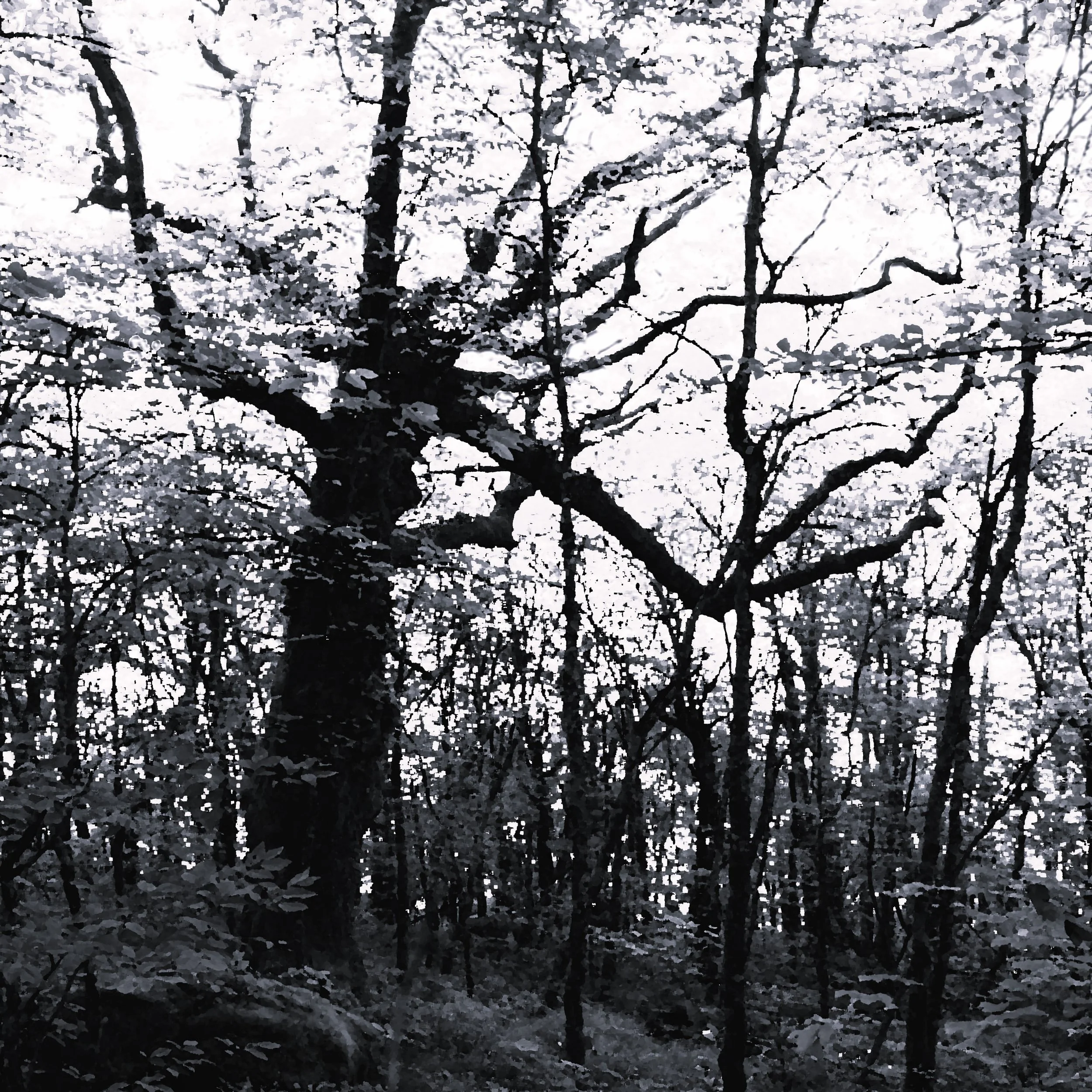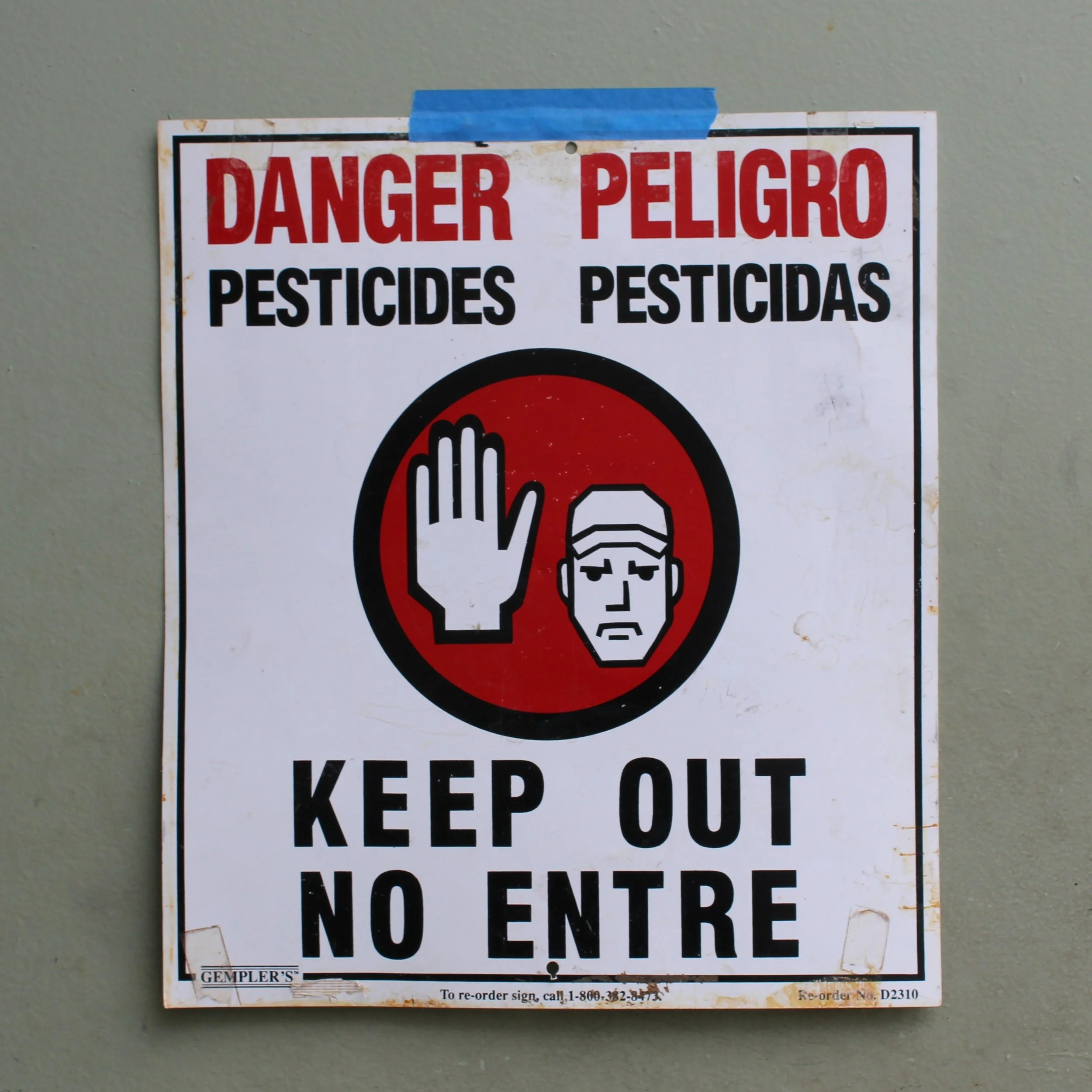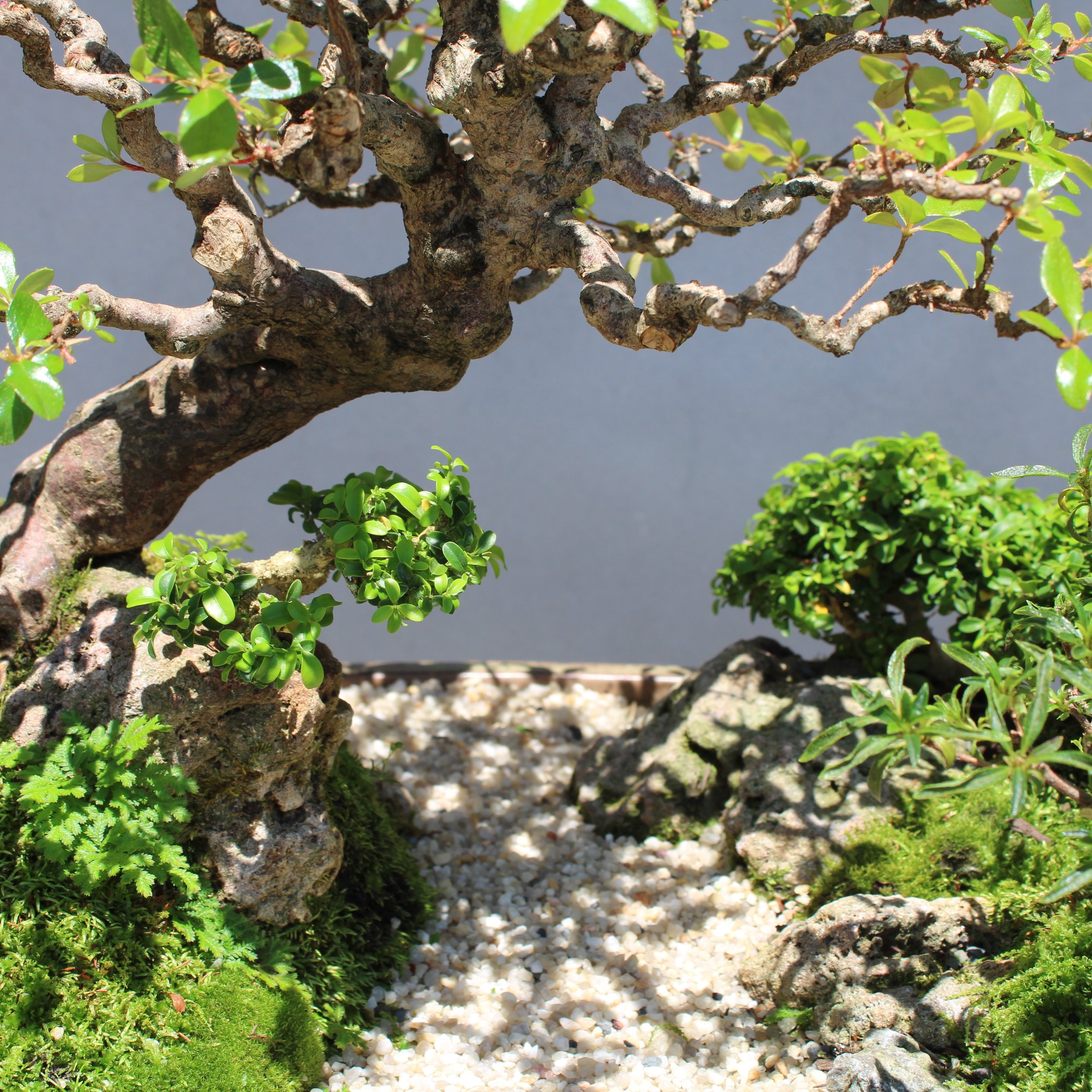What follows is an account of the late winter preparatory work done on a trident maple (Acer buergerianum) in a developmental phase. This same specimen has twice before been featured in the Curator’s Journal. The tree is revisited in this entry, on the cusp of its fourth growing season of bonsai development.
Read MoreIn 1995 the Arboretum hosted a visit from the popular American bonsai artist Chase Rosade. He had bunches of very young plants of differing species, and at the end of the class he had three Japanese stewartias (Stewartia pseudocamellia) that weren't utilized, so he gave them to the Arboretum.
Read MoreIt turned out that keeping this elm under control while giving it the freedom of growing in the ground was not practicably possible. When I cut it back in the spring the tree would simply explode with new growth, as if it would just as soon be a big bushy shrub if I wasn’t going to let it climb up to the sky.
Read MoreA grower needs to recognize a tree's nature and accept it. If it can't be accepted, then maybe that tree isn't the right one to work with. Many a bonsai has come to an ugly end because the person growing it was determined to make the poor tree conform to a preconceived design idea.
Read MoreShort of taking the sackcloth and ashes route and resorting to a life of humble debasement as penitence for having lived with eyes closed while whistling a happy tune in the face of the brutal randomness of our existence, there's little for it but to gather ourselves up and get back to business as usual, best we can.
Read MoreThe little red maple trees in the tray landscapes grew and presented a set of options with the multitude of parts they produced. In shaping them I relied entirely on the cut-and-grow method, using no training wire. With a pair of scissors I went about imagining life stories for the landscape trees, making choices as to what parts were lost and what path the canopy branches followed in their unending quest for sunlight.
Read MoreThree Asian species — Japanese maple (Acer palmatum), trident maple (Acer buergerianum) and Amur maple (Acer ginnala) — are all considered excellent for bonsai use. Why not red maple, which is abundantly available in Western North Carolina? The answers I heard from bonsai people I asked were so emphatically negative I became leery of even asking.
Read MoreNo bonsai is created in a day. This particular maple has been years in the making and the session it goes through today is just another step along a path, another increment working off the increments that preceded it and setting up the increments that will follow.
Read MoreRemember the adage that goes: "As the twig is bent so the tree is inclined"? It's an old saying, originally penned by poet Alexander Pope in 1732, and in full goes this way: "'Tis education forms the common mind, Just as the twig is bent the tree's inclined."
Read MoreIn Creating a Tray Landscape, the latest in our five-part docuseries, Arthur again takes a landscape from inspiration to completion. He creates a new planting featuring a lone weathered hornbeam and woody shrubs assembled with sculptural rocks on a natural stone slab. It makes for a scene evocative of the craggy Southern Appalachian highlands.
Read MoreIt’s often our tendency when faced with a plant that looks unhealthy to reflexively think, What can I spray on it? One of the greatest dangers inherent in the use of chemical pesticides is that they are relatively cheap and easily available to anyone, regardless of the competence, intelligence or sanity of the buyer. These are dangerous and often lethal substances that can be purchased in quantity at the nearest big-box hardware store.
Read MoreOne truth learned by being observant and studying the ways of nature is that some parts of it line up with human desires and interests and some don't, and this is particularly true as regards farming and gardening. Those living beings in nature that facilitate the human impulse to cultivate plants we refer to as "garden beneficials." Those that work against our objectives we refer to as "garden pests."
Read MoreAfter the exhausting verbosity of the black pine articles, readers of this Journal will perhaps be relieved to find there are relatively few words to read in this latest entry. There is, however, a video to watch, and in it the verbosity will come to you in a different format. The “River of Dreams” planting is a favorite among those who visit the bonsai garden any time it is on display, and even more so if it happens to be flowering at the time.
Read MoreThere is a process at work here: Every year in spring the tree is cut back hard, then allowed to grow unrestrained for a year. Out of the new growth some new possibility might present itself, or some previous idea could be undone by what happens in the course of a year of unrestrained growth. Flexibility is necessary; the tree has some say in what it will ultimately look like.
Read MoreThe Arboretum's collection has quite a few nice little trees with big, impressive trunks, and many of them were produced right here. How was it done? In-ground growing is the answer. Over the past 25 years or so, I've been refining my technique for producing small trees with large trunks. The new video presented here demonstrates part of the process.
Read More













